Home>Maintenance & Safety>Pest Control Solutions>How Do I Kill Yellow Jackets
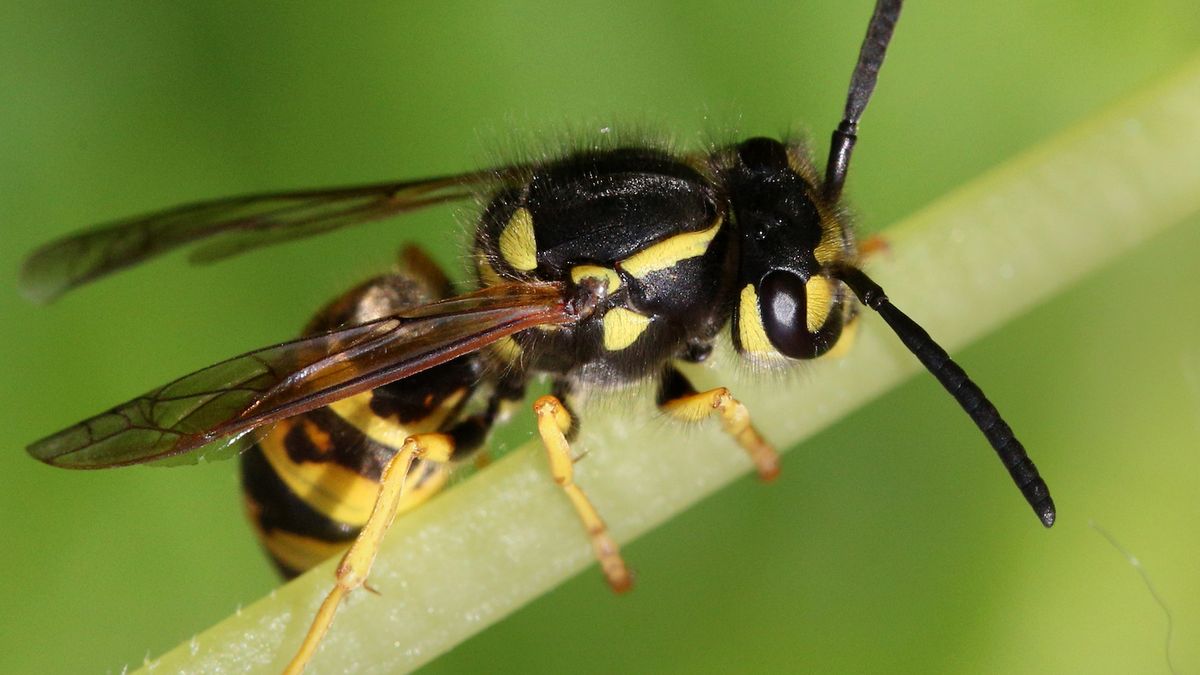

Pest Control Solutions
How Do I Kill Yellow Jackets
Modified: March 2, 2024
Looking for effective pest control solutions to eliminate yellow jackets? Discover expert tips and methods to safely and efficiently kill yellow jackets.
(Many of the links in this article redirect to a specific reviewed product. Your purchase of these products through affiliate links helps to generate commission for Storables.com, at no extra cost. Learn more)
Identifying Yellow Jackets
Yellow jackets are a common type of wasp that can be found in various parts of the world. They are known for their distinctive yellow and black markings, which help distinguish them from other flying insects. These aggressive pests are often mistaken for bees due to their similar appearance, but they have a slimmer body and a more defined waist.
One of the key features of yellow jackets is their smooth bodies, lacking the fuzzy hairs that are characteristic of bees. Their wings are also longer in proportion to their bodies compared to bees. Additionally, yellow jackets are typically more aggressive than bees, especially when their nests are disturbed.
It's important to note that yellow jackets are social insects, living in colonies with a queen and worker wasps. Their nests are commonly found in the ground, although they may also build nests in wall voids, attics, and other enclosed spaces. These nests are constructed from a paper-like material made from chewed wood fibers mixed with saliva, giving them a papery appearance.
When identifying yellow jackets, it's crucial to be cautious, as their stings can cause severe allergic reactions in some individuals. If you notice a high level of wasp activity in a particular area, it's best to seek professional assistance to safely identify and address the issue.
By being able to accurately identify yellow jackets, individuals can take appropriate measures to manage and control their presence, ensuring a safer and more comfortable environment for themselves and others.
Key Takeaways:
- Identifying Yellow Jackets
Yellow jackets are aggressive wasps with smooth bodies and distinctive yellow and black markings. Their nests are commonly found in the ground and can pose a risk, so it’s important to seek professional help if you notice high wasp activity. - Prevention and Control
To prevent yellow jacket infestations, maintain sanitation, seal entry points, and limit food attractants. Educate others about yellow jacket behavior and seek professional pest control services for thorough inspections and targeted prevention strategies.
Understanding Yellow Jacket Behavior
Yellow jackets, known for their aggressive nature, exhibit distinct behavioral patterns that set them apart from other stinging insects. Understanding their behavior is crucial for effectively managing and controlling their presence.
-
Foraging Behavior: Yellow jackets are opportunistic feeders, scavenging for various food sources. They are attracted to sweet substances such as nectar, fruits, and sugary drinks, making outdoor gatherings and picnics prime targets for their foraging activities. Additionally, they are known to scavenge for protein-rich foods, including insects and meat scraps, to nourish their developing larvae.
-
Defensive Nature: When their nests are threatened, yellow jackets display aggressive defensive behavior. They can quickly mobilize and sting repeatedly in defense of their colony, posing a significant risk to humans and pets. It's important to exercise caution around their nesting sites to avoid provoking an aggressive response.
-
Nesting Behavior: Yellow jackets are known for constructing intricate nests, often underground or in protected cavities. These nests can house thousands of individuals, including the queen, workers, and larvae. The queen plays a vital role in reproduction and colony growth, while the workers are responsible for foraging, nest maintenance, and defense.
-
Seasonal Activity: Yellow jackets are most active during the warmer months, with peak activity occurring in late summer and early fall. As the weather cools, the colony's focus shifts to producing new queens and males for mating, marking the beginning of the reproductive phase.
-
Communication and Alarm Pheromones: Yellow jackets communicate through the release of chemical signals, known as pheromones. Alarm pheromones are particularly significant, as they can trigger aggressive behavior in response to perceived threats. Understanding these chemical signals is essential for predicting and managing yellow jacket reactions.
By gaining insight into yellow jacket behavior, individuals can implement targeted strategies to mitigate the risks associated with their presence. Whether it involves proactive prevention or the safe removal of established nests, a comprehensive understanding of yellow jacket behavior is essential for effective pest management.
Prevention Methods
Implementing proactive prevention methods is crucial for minimizing the risk of yellow jacket infestations and the associated safety hazards. By taking appropriate measures, individuals can create an environment that is less conducive to yellow jacket activity, reducing the likelihood of encounters and stings.
1. Sanitation and Waste Management
Maintaining proper sanitation practices is essential for deterring yellow jackets. Ensure that outdoor garbage bins have tightly sealed lids to prevent access to food sources. Regularly remove and dispose of food scraps and residues to eliminate attractive foraging opportunities for these pests.
2. Seal Potential Entry Points
Inspect and seal any potential entry points around the exterior of buildings, including gaps in siding, cracks in foundations, and openings around utility penetrations. By preventing access to indoor spaces, the likelihood of yellow jackets establishing nests within structures is significantly reduced.
Read more: What Dust Kills Yellow Jackets
3. Limit Food and Scent Attractants
Minimize the availability of food and scent attractants that may draw yellow jackets to outdoor spaces. Keep food and beverages covered during outdoor gatherings, and promptly clean up any spills or crumbs. Additionally, consider using insect-proof lids on beverage containers to prevent yellow jackets from accessing sweet liquids.
4. Landscaping and Yard Maintenance
Regularly inspect and maintain outdoor spaces to reduce potential nesting sites for yellow jackets. Trim overgrown vegetation, particularly near buildings, and promptly remove decaying wood, such as fallen branches and tree stumps, which can serve as nesting materials.
5. Educate and Raise Awareness
Educate individuals, especially children, about the risks associated with yellow jackets and the importance of avoiding provocation. Promote awareness of yellow jacket behavior and nesting habits to encourage proactive measures and safe practices when spending time outdoors.
6. Professional Inspection and Consultation
Seek professional pest control services for thorough inspections of properties, especially if there is a history of yellow jacket infestations. Pest control experts can provide valuable insights and recommendations for addressing potential vulnerabilities and implementing targeted prevention strategies.
By integrating these prevention methods into routine maintenance and outdoor activities, individuals can significantly reduce the likelihood of yellow jacket encounters and nest establishment. Proactive measures not only contribute to a safer environment but also minimize the need for reactive pest control interventions.
Read more: Why Do Yellow Jackets Sting
Natural Remedies for Yellow Jackets
Natural remedies offer environmentally friendly and non-toxic alternatives for managing yellow jacket populations, particularly in outdoor settings where chemical control may not be feasible or desirable. These methods aim to deter yellow jackets, disrupt their nesting behavior, and minimize the risk of stings without relying on synthetic pesticides. Here are several effective natural remedies for addressing yellow jacket issues:
1. Essential Oils
Certain essential oils, such as peppermint, clove, and lemongrass, are known for their repellent properties against yellow jackets. By diluting these oils with water and spraying the solution around potential nesting sites, entry points, or outdoor gathering areas, individuals can create a natural barrier that deters yellow jackets without harming the environment.
2. Homemade Traps
Homemade traps can be constructed using simple materials to capture and contain yellow jackets. One popular method involves creating a baited trap using a plastic bottle, sweet liquid, and a funnel. When placed in strategic locations, these traps can help reduce yellow jacket activity without posing risks to beneficial insects or wildlife.
3. Vinegar Solutions
Vinegar, particularly apple cider vinegar, can serve as an effective deterrent for yellow jackets. By mixing vinegar with water and a small amount of dish soap, individuals can create a natural spray that disrupts the insects' ability to navigate and forage effectively. This solution can be applied to outdoor surfaces to discourage yellow jacket presence.
Read more: What Do Yellow Jackets Eat
4. Plant-Based Repellents
Certain plants, such as spearmint, eucalyptus, and wormwood, possess natural repellent properties that can discourage yellow jackets. Planting these species in outdoor spaces or using their essential oils in diffusers can help create an environment that is less attractive to these stinging insects.
5. Soap and Water
A simple yet effective natural remedy involves using a mixture of soapy water to directly target yellow jacket nests. When applied carefully, the soapy solution can suffocate and immobilize the insects, providing a non-toxic method for nest control.
6. Citrus Peels
The strong scent of citrus peels, such as those from oranges or lemons, can act as a natural deterrent for yellow jackets. Placing citrus peels in outdoor areas or using them in homemade repellent sprays can help discourage yellow jackets from frequenting specific locations.
By incorporating these natural remedies into integrated pest management approaches, individuals can address yellow jacket issues in a sustainable and eco-friendly manner. These methods not only minimize the reliance on chemical interventions but also contribute to the preservation of beneficial insect populations and the overall ecological balance.
Chemical Control Options
When natural and preventive measures are insufficient in managing yellow jacket infestations, chemical control options can provide effective solutions for addressing these persistent pests. It's important to approach chemical control with caution, ensuring that the chosen methods are applied safely and in accordance with relevant regulations. Here are several chemical control options commonly utilized for yellow jacket management:
Read more: Where Do Yellow Jackets Live
1. Insecticidal Dusts
Insecticidal dusts, such as those containing active ingredients like carbaryl or permethrin, are designed to penetrate the nesting sites of yellow jackets. When applied directly into the nest entrance or surrounding areas, these dusts can effectively eliminate the colony, including the queen and worker wasps. The fine particles of the dust adhere to the insects' bodies, leading to their eventual demise.
2. Liquid Insecticides
Liquid insecticides formulated for yellow jacket control are available in various concentrations and formulations. These products are applied directly to nesting sites, entry points, or foraging areas, effectively targeting yellow jackets upon contact. It's essential to use liquid insecticides with precision, ensuring that they are applied in a manner that minimizes environmental impact and non-target exposure.
3. Aerosol Sprays
Aerosol sprays offer a convenient and targeted approach to yellow jacket control, allowing for precise application in hard-to-reach areas. These sprays often contain rapid-acting insecticides that quickly incapacitate and eliminate yellow jackets upon contact. When used according to label instructions, aerosol sprays can provide immediate relief from active yellow jacket threats.
4. Baited Traps with Pheromones
Baited traps utilizing synthetic pheromones are effective in capturing and reducing yellow jacket populations. These traps attract foraging yellow jackets, leading them into a containment chamber where they are unable to escape. By strategically placing these traps in outdoor spaces, individuals can significantly reduce yellow jacket activity without the need for direct insecticide application.
5. Professional Application
Engaging the services of licensed pest control professionals ensures the safe and effective application of chemical control measures. Pest control experts possess the knowledge and experience to assess the extent of yellow jacket infestations and apply targeted insecticides with precision. Their expertise minimizes the risks associated with chemical control while achieving optimal results.
When considering chemical control options for yellow jackets, it's imperative to prioritize safety, environmental responsibility, and compliance with local regulations. Additionally, individuals should carefully follow product labels and instructions, adhering to recommended application rates and safety precautions. By approaching chemical control with diligence and awareness, yellow jacket infestations can be effectively managed, promoting safer and more comfortable living environments.
Frequently Asked Questions about How Do I Kill Yellow Jackets
Was this page helpful?
At Storables.com, we guarantee accurate and reliable information. Our content, validated by Expert Board Contributors, is crafted following stringent Editorial Policies. We're committed to providing you with well-researched, expert-backed insights for all your informational needs.
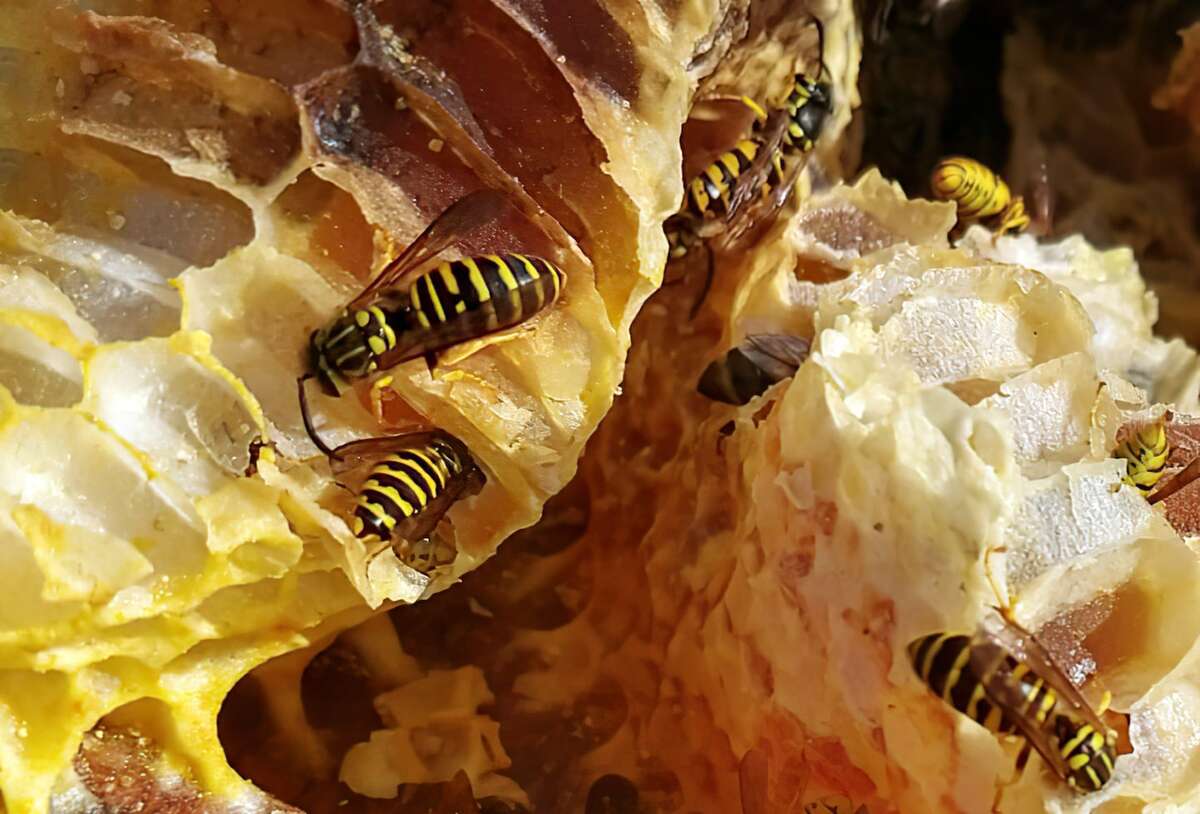
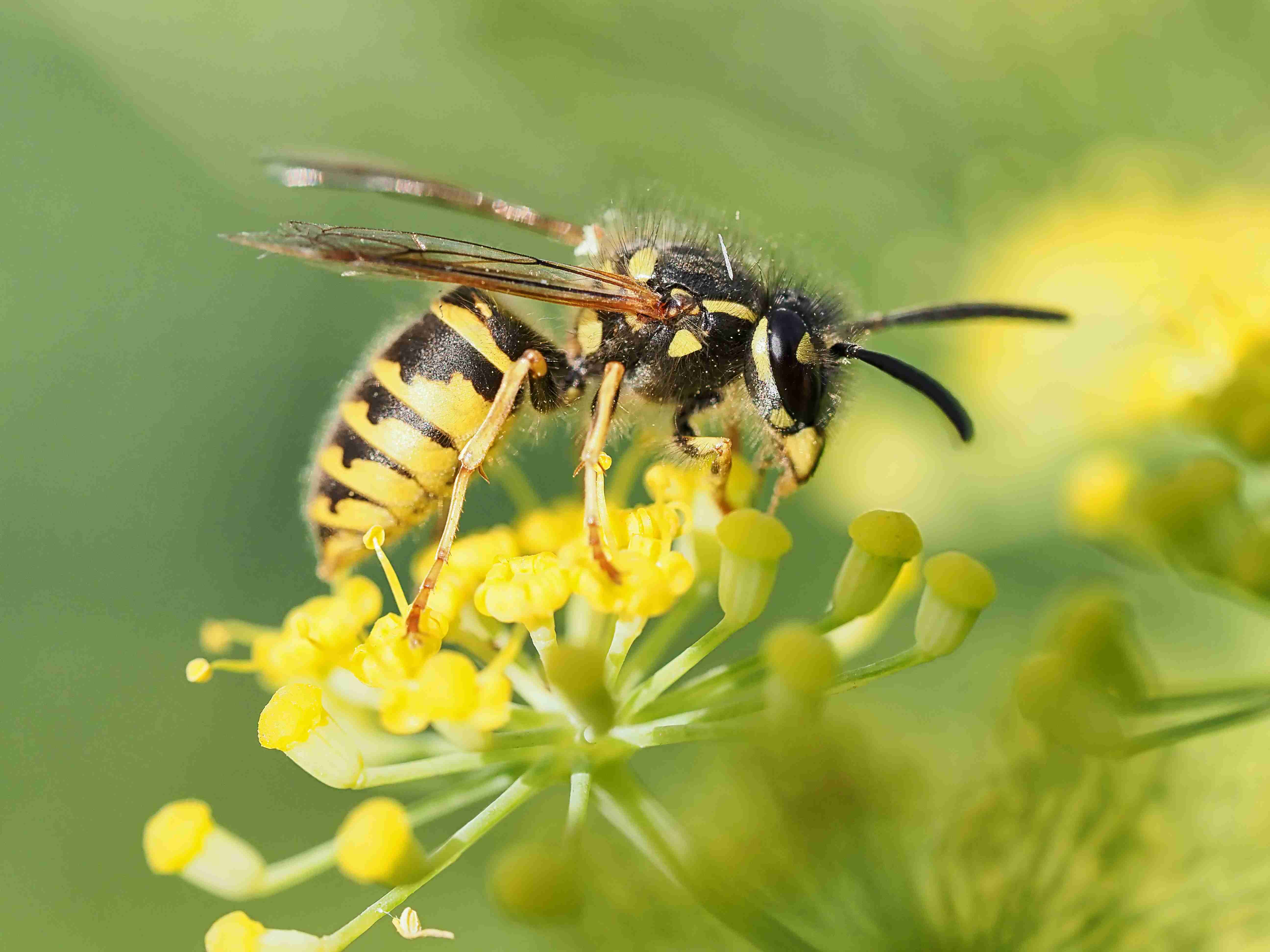
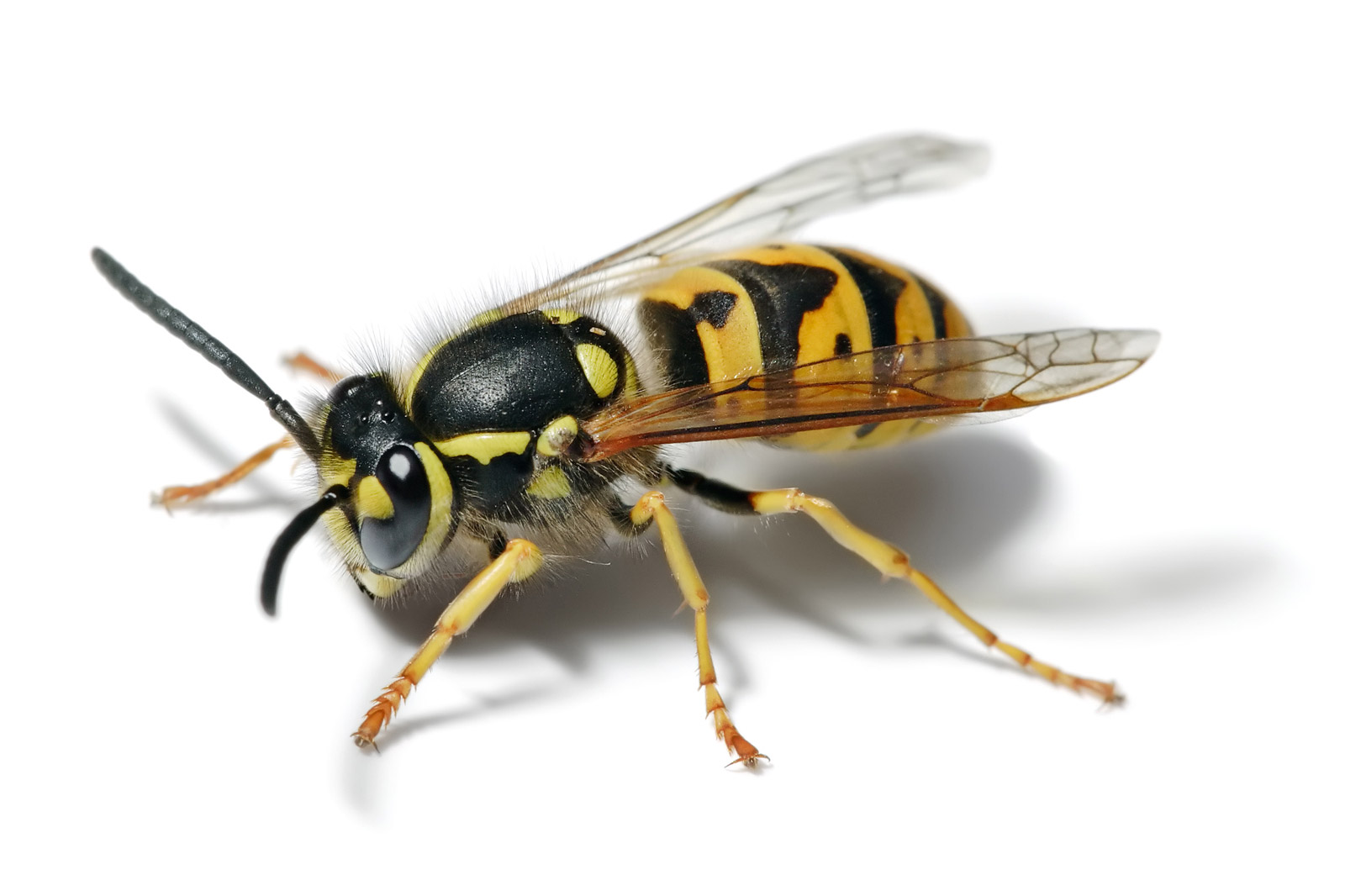
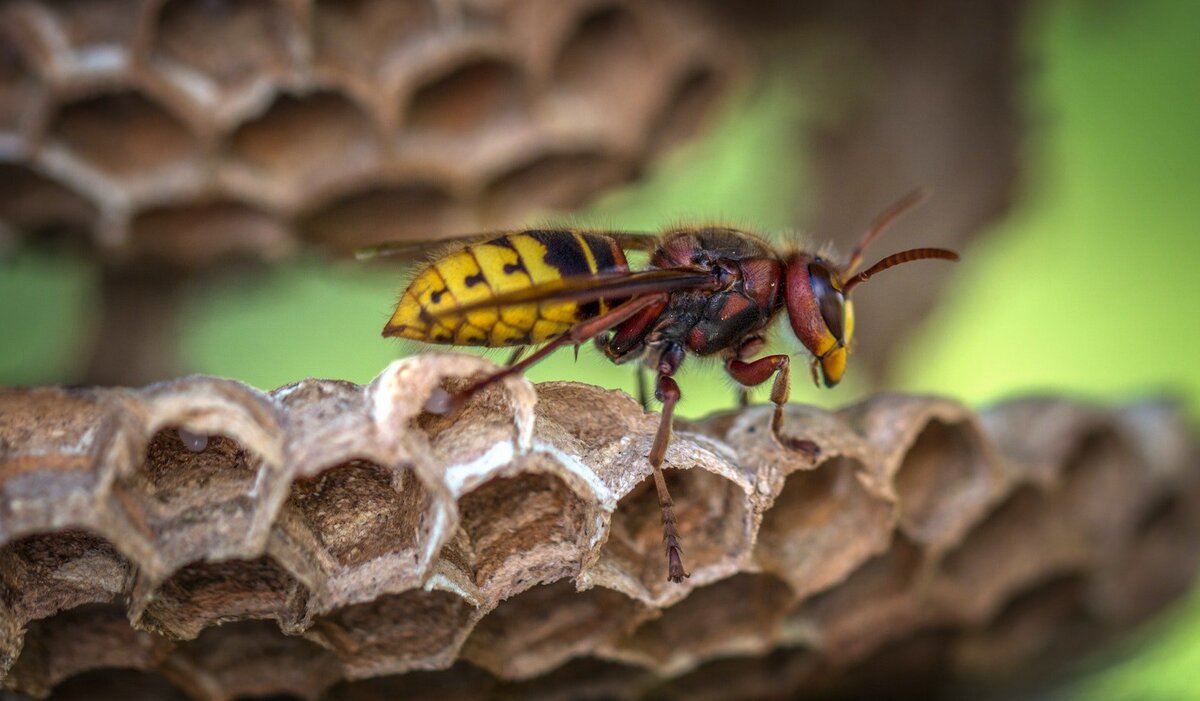
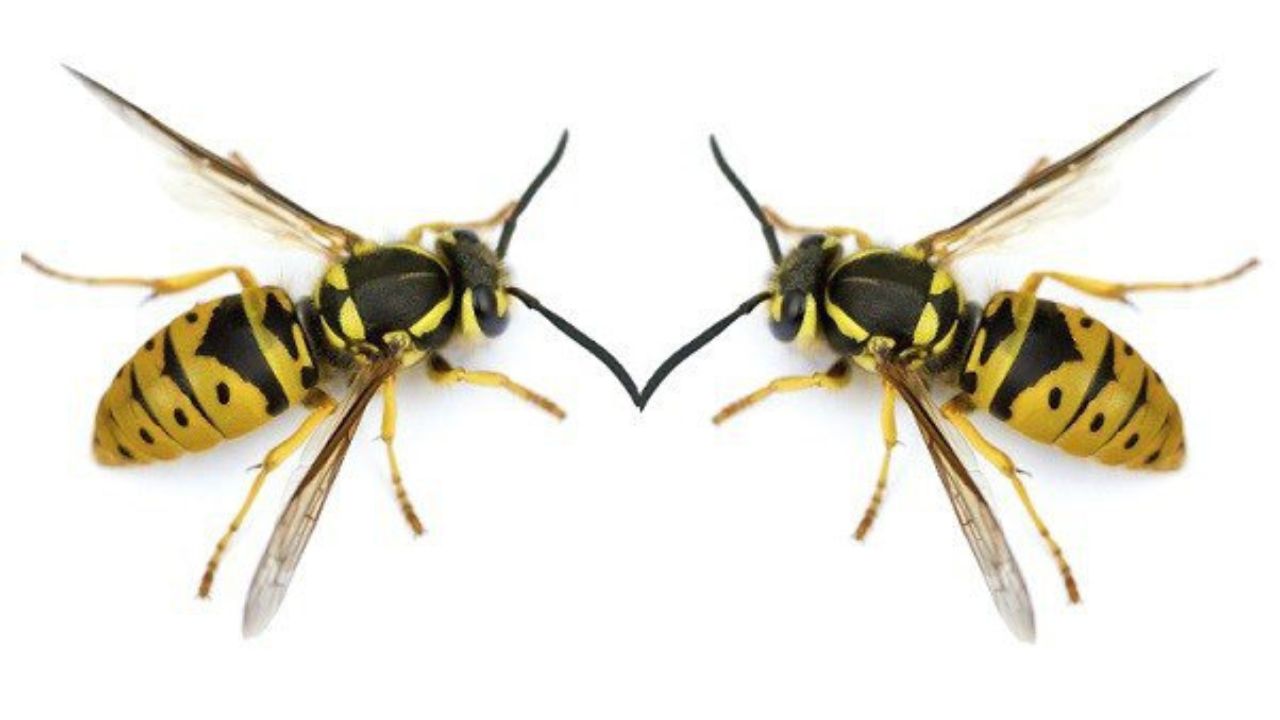
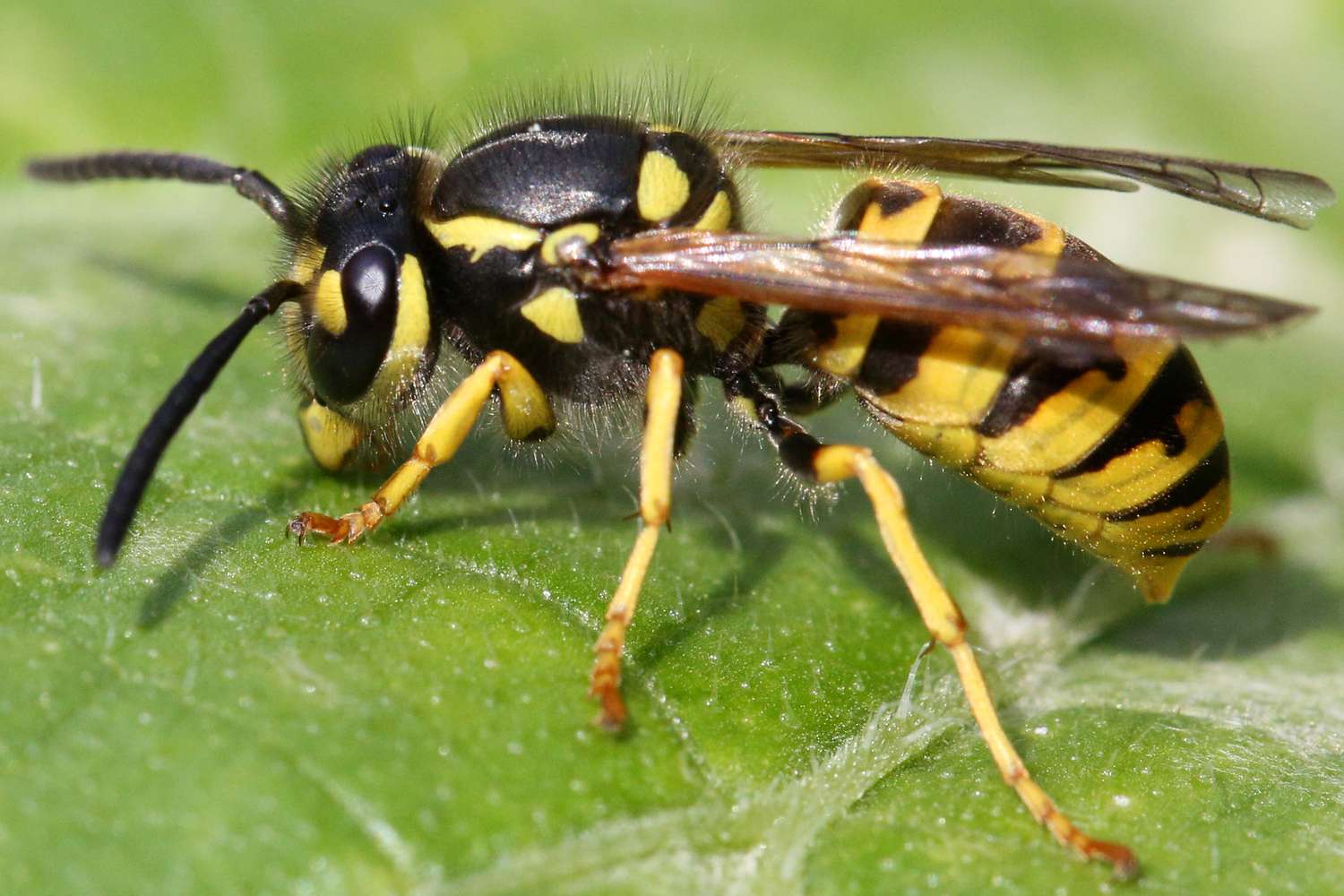
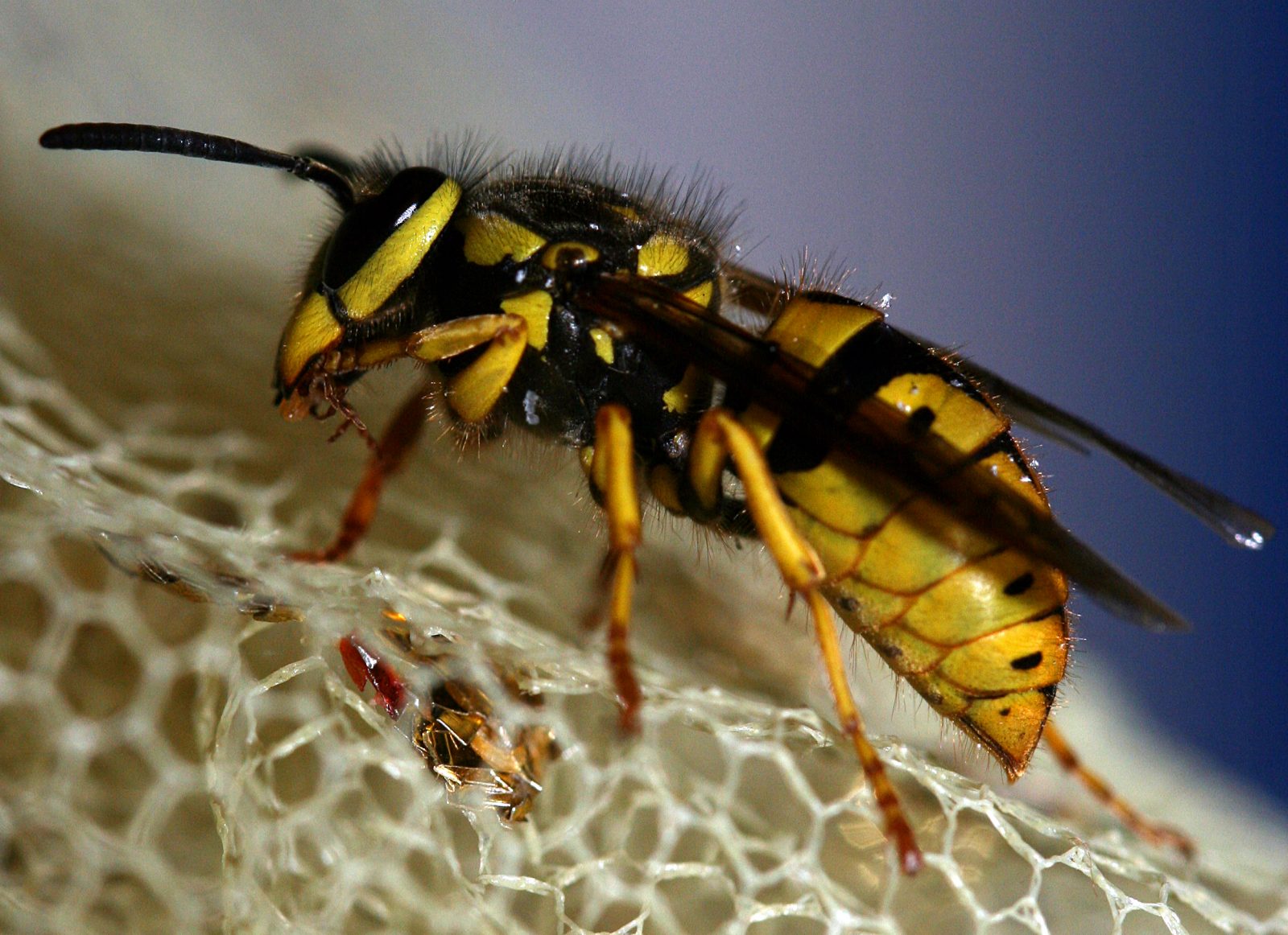
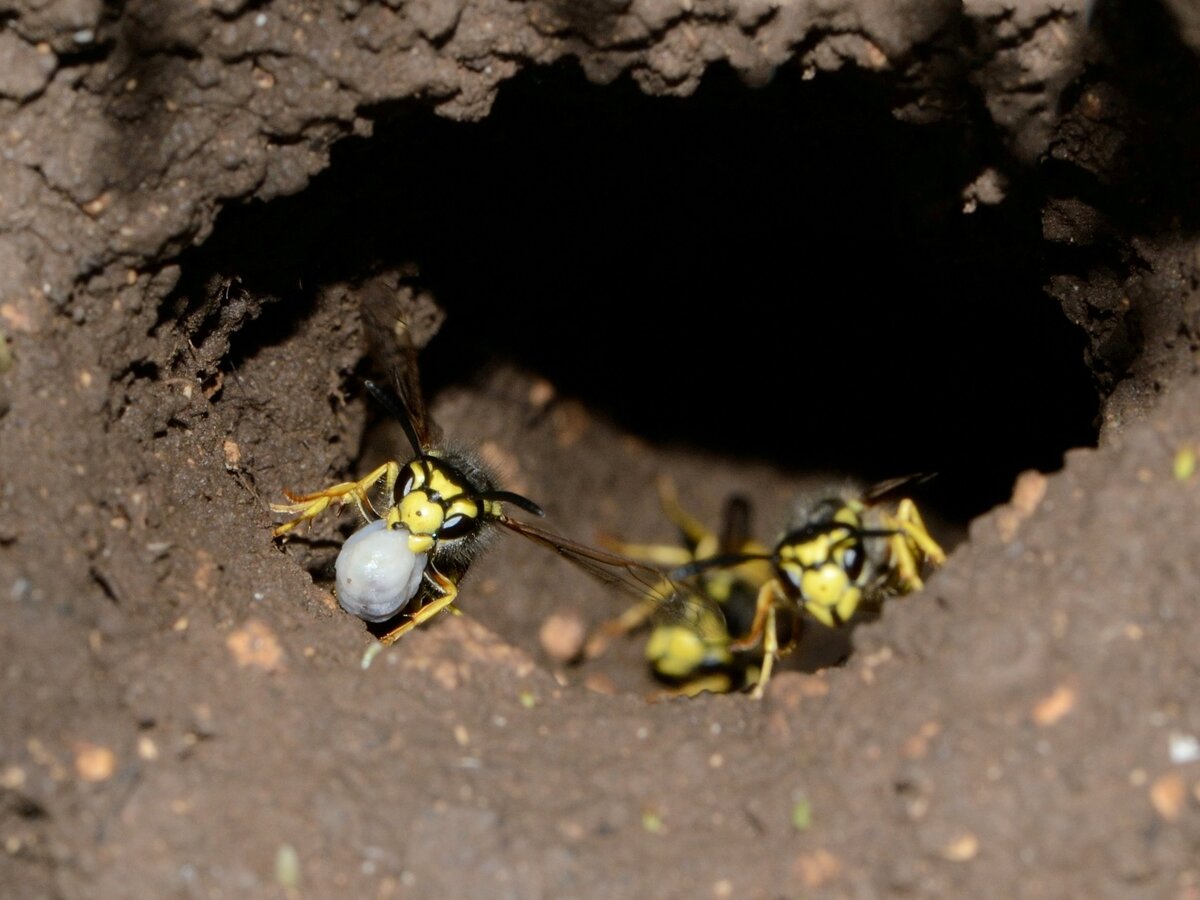
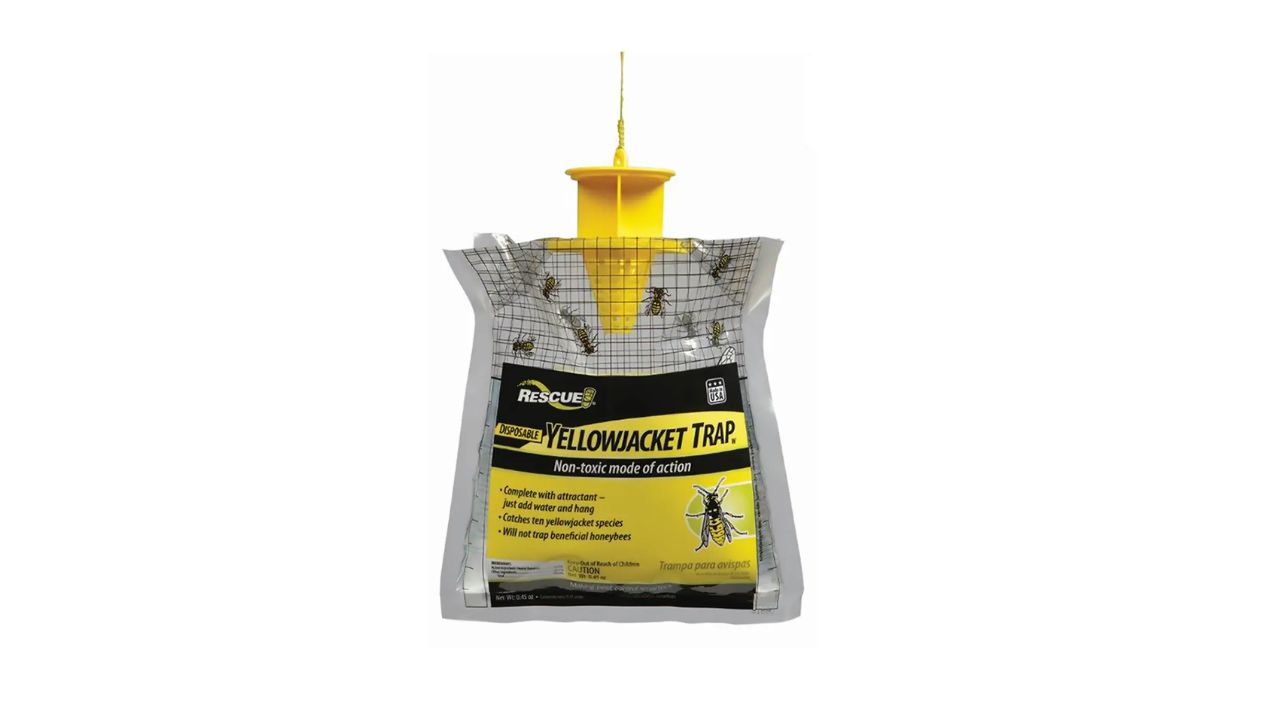
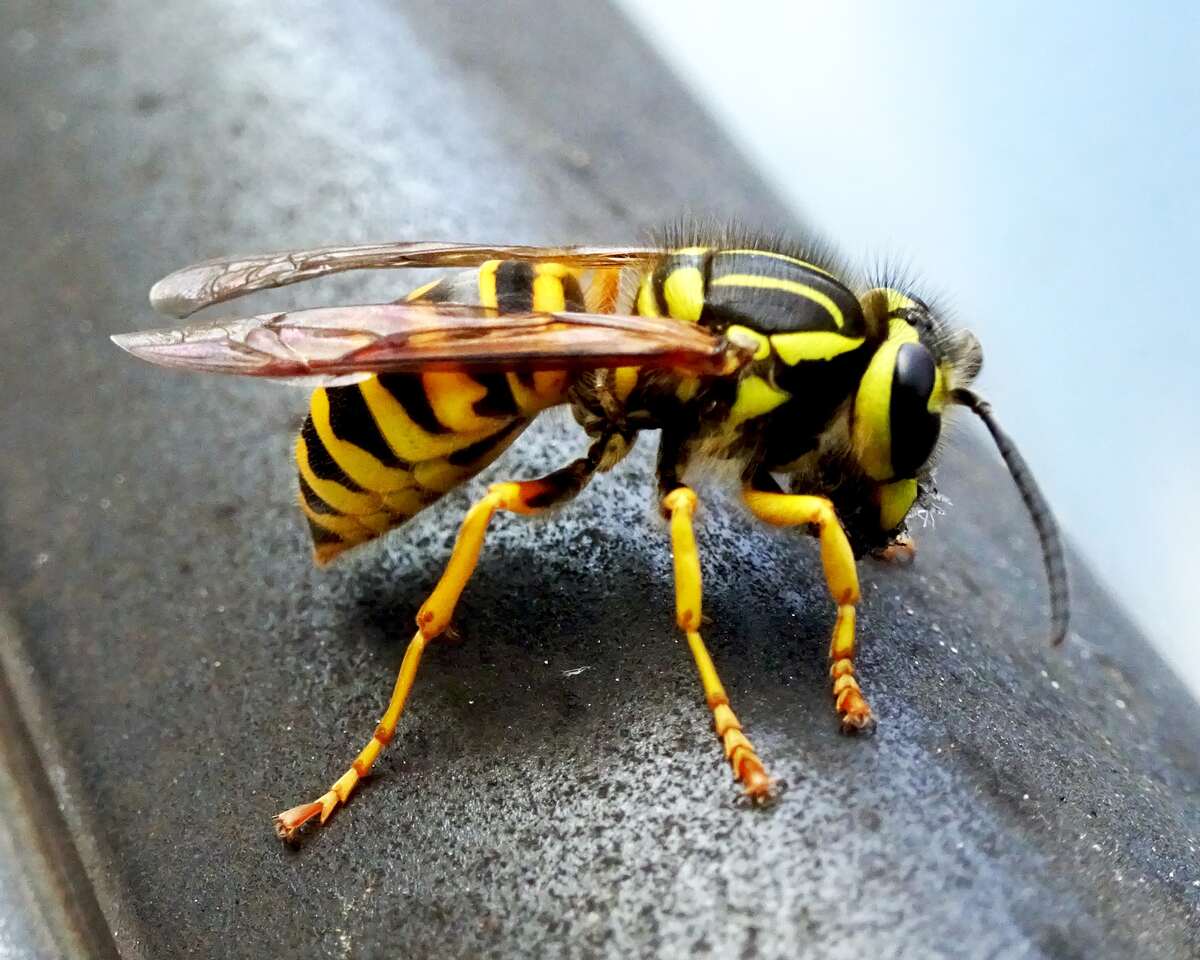

0 thoughts on “How Do I Kill Yellow Jackets”